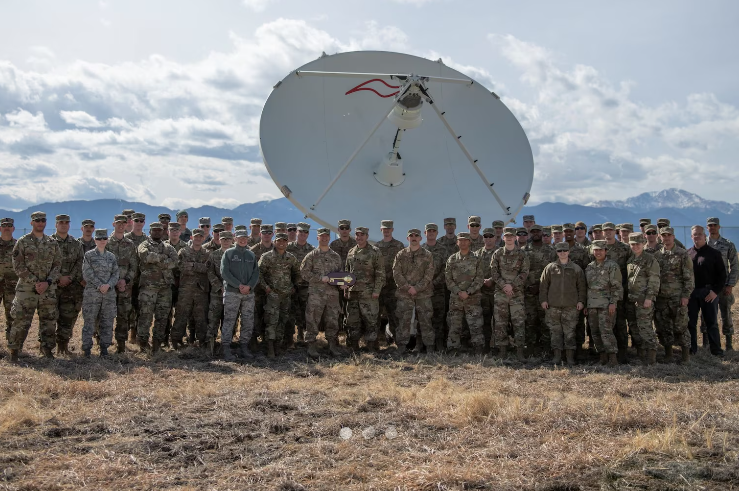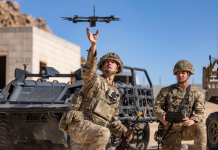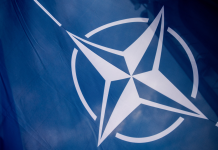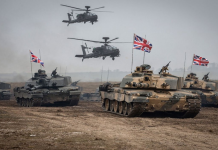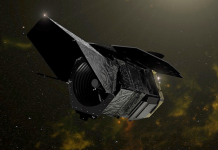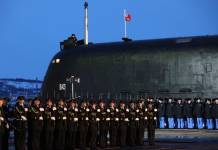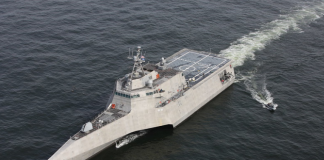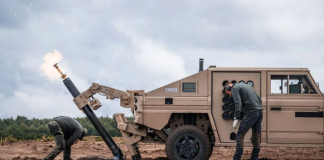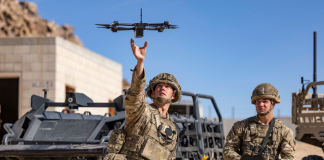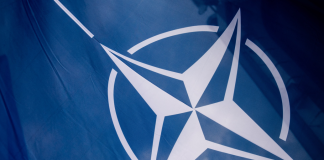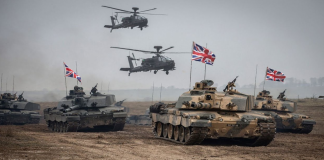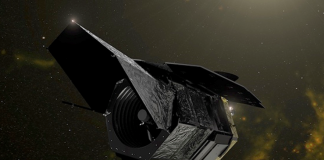By Christopher Stone
Recently, senior Space Force commanders have been articulating support for the use of maneuver warfare in space deterrence and warfighting operations. While laudable, upon further review, it appears that these statements are not speaking about maneuver warfare as much as they are about the rapid movement of spacecraft to avoid interception by an enemy spacecraft or ground-based threats.
These passive defensive actions are not true maneuver warfare. And if the Space Force wants to get serious about being able to defeat enemy nations in space, it needs to stop tip-toeing around the issue. It’s time for America to put real investments into space weapons capable of targeting earth-bound targets.
As defined by Robert Leonhard in his book, The Art of Maneuver, “maneuver warfare” as “the means of defeat[ing] … the enemy.” The objective is to achieve victory, not the sustainment of competition. To achieve this victory requires an aggressiveness that under current DoD space policy and strategy, is considered irresponsible. As Leonhard proclaims, “Maneuver warfare is, to put it simply, a kick in the groin, a poke in the eye, a stab in the back. It is quick, violent for a moment, and unfair. It is decisive, even pre-emptive, at the expense of protocol and posturing.” To use Chinese military terms in their strategy document, The Science of Strategy, this type of attack should be “rapid and destructive.”
Second, in implementation, Leonhard correctly states that maneuver warfare “puts a premium on being sneaky rather than courageous, … because it typically flees from the enemy’s strength.” By maneuvering for the “kick in the groin” or a “rapid and destructive” strike, instead of attacking the enemy’s advantage — its concentration of forces arrayed against friendly forces — the space force can hit the decisive points to win against the enemy. It means that a space warfighting force needs to render an enemy force irrelevant at the decisive point, whether that be “a theater (area of responsibility), an area of operations, or on a battlefield.”
Here’s a real world scenario for how this could play out.
Beijing has large numbers of ships and missiles, interior lines between mainland China and Taiwan, industrial capacity that harkens back to the United States in World War II, and a centralized command structure sitting atop a authoritarian state. Its space deterrence and warfighting strategy and capability are proactive, pre-emptive and follow the principles of “rapid and destructive” maneuver warfare to seek and sustain the advantage all the way to victory.
The way to beat this situation and to render the enemy force irrelevant terrestrially through attack operations within the space AOR, is to re-frame the Space Force from a mere support service into the primary door kicking, maneuver force for the United States.
To do this requires the development of space-to-ground weapons (SGWs), whose focus would be to make Chinese concentrations of terrestrial and space counter-intervention forces in the Western Pacific irrelevant by holding them at risk. Once deployed, SGWs would provide enhanced space deterrence during peacetime and crisis, and if necessary, destroy threats to US terrestrial forces by rolling back barriers to entry for our smaller air, land, and maritime forces.
The current technology at our disposal, coupled with less expensive lift, heavy lift, and soon to be super heavy lift rockets, means there are ways to get small constellations of SGWs deployed around Earth, capable of achieving five-minute target revisit rates with little defense to stop them. The Chinese have already demonstrated they are pursuing similar capability through their Fractional/Orbital Bombardment System (FOBS) system. Therefore, we should position our space forces into the front of the line to ensure
This is the role the Space Force should play in providing the decisive advantage over enemy terrestrial forces advantage through maneuver warfare in and from space.

